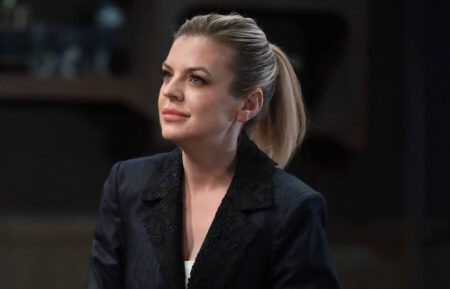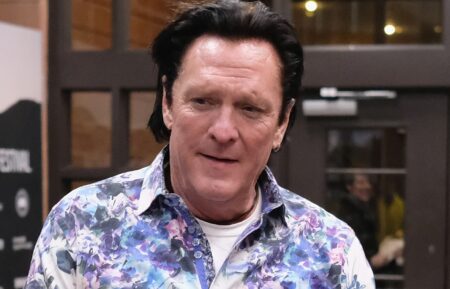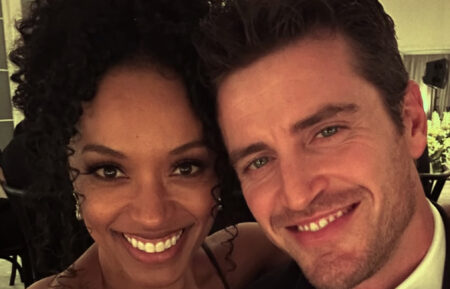‘Law & Order’ Turns 30: Inside the Making of the Iconic Procedural
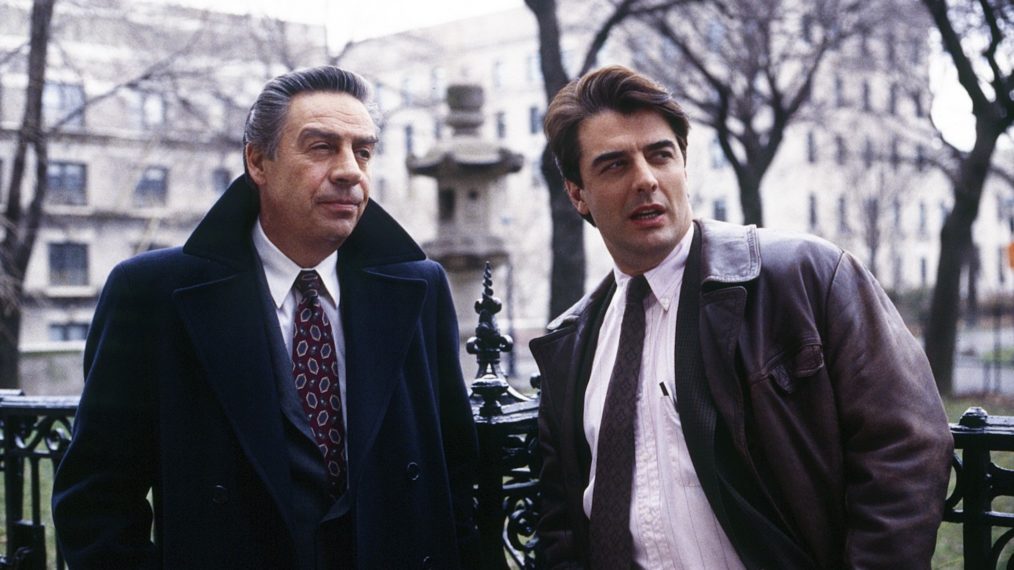
The original Law & Order spawned one of the most successful franchises in American TV history, and yet Fox and CBS both passed on the series before NBC gave it the green light and started airing the show 30 years ago, on September 13, 1990.
These revelations and many others are covered in the 1999 book Law & Order: The Unofficial Companion, written by Kevin Courrier and Susan Green, a tome that provides the surprising backstory to the hit procedural. To celebrate the show’s anniversary, TV Insider revisits key moments from its history.
Law & Order mastermind Dick Wolf wasn’t always in the television biz, for example. He originally worked in advertising and even coined the tagline “You can’t beat Crest for fighting cavities.” At age 30, however—after deciding he “didn’t want to sell toothpaste anymore”—Wolf left New York City for the bright lights of Hollywood. He got three film screenplays produced, including the script for the 1988 Rob Lowe film Masquerade, and got his start in TV as a staff writer for Hill Street Blues and a co-executive producer of Miami Vice.
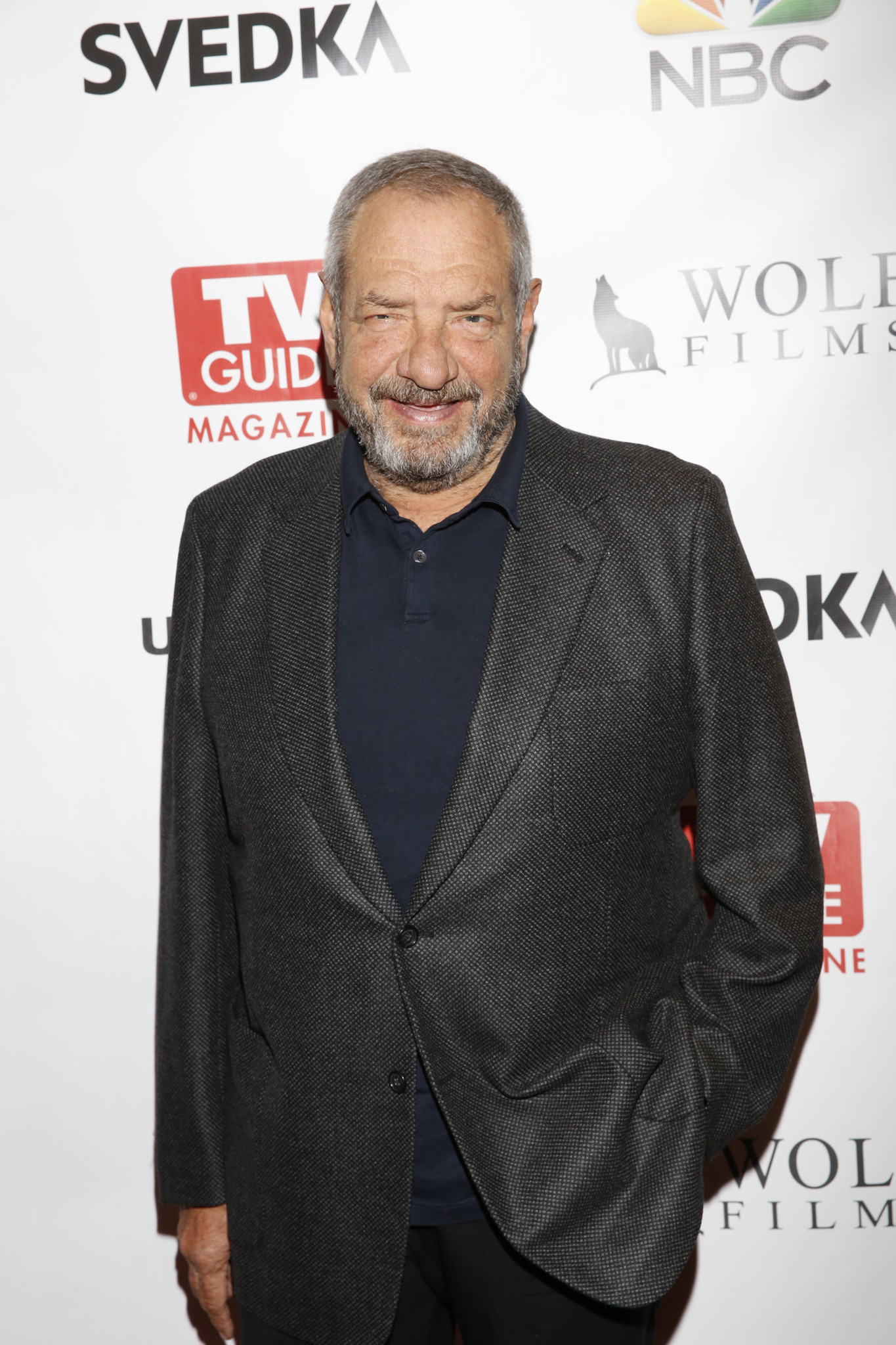
Dick Wolf (NBC)
In 1988, Wolf came up with idea for TV show that chronicles the work of two New York City detectives and their commander, who solve a violent crime each episode, and three prosecutors, who try to bring the perp to justice. The show wasn’t always called Law & Order, though. “I played around with Night and Day and all sorts of other things,” Wolf says in the book. “Then I came up with Law & Order and was very proud of myself: ‘Oh, my god! I had an original idea!’”
Wolf took the idea to Kerry McCluggage, the then-president of Universal Television. McCluggage thought the premise sounded familiar. “He said, ‘Oh yeah. Arrest and Trial in 1963,” Wolf recalls, referring to the 90-minute ABC drama that only ran for one season.
Nevertheless, Wolf believed he had a unique take: “Up until that point, there had never been a legal show featuring prosecutors,” he said. “I believed the heroes weren’t the defense attorneys who were getting these scumbags off. The heroes were the prosecutors, working for a tenth of the money and putting them away. It seemed like a natural meld.”
Though Wolf sold the series to the fledgling Fox network, the concept didn’t meld so naturally with its other programming such as Married…With Children. Wolf remembers then-network head Barry Diller raving over the idea before deciding it wasn’t “a Fox show.”
So Wolf took the idea to CBS, which ordered a pilot. The CBS execs liked the episode starring Chris Noth and George Dzundza, but “didn’t put it on because there were no breakout stars,” according to Wolf.
By the summer of 1989, the show had landed at NBC, where it wowed then-president Warren Littlefield with its split focus and its broad appeal. Finally, the show had a home.
In the book, many talents from in front of and behind the camera marvel over that pilot episode, “Everybody’s Favorite Bagman,” which NBC ended up airing as the sixth episode. “Stylistically, it was innovative,” producer Joe Stern says. “It was basically hand-held. We shot the pilot in 16 mm. It was totally unsentimental. … The pilot is the most frenetic, the grittiest of all the shows. We knew we were on to something; when we started making them, we knew even more so.”
Dann Florek, who played Capt. Don Cragen on L&O and SVU, has similar memories of the pilot. “The style—I had never seen anything quite like this—the sense of, almost, News at Eleven,” he says. “The hand-held camera. The immediacy of it. The visceral quality. It was muscular.”
Wolf was devoted to the gritty realism of Law & Order, and the writers teamed up with journalists, attorneys, and police officers to lend credibility to the scripts. “Law & Order is as authentic as you can get within the confines of drama,” says William Fordes, a former prosecutor who served as a legal consultant for the show. “I spent six years at the DA’s office in Manhattan and, short of Court TV, it doesn’t get any more realistic than this.”
Forbes continued, summing up what helped keep the show on the air for 20 seasons: “We’re true to the law, the audience understands what’s going on, and lawyers wonder if it’s a real case.”





